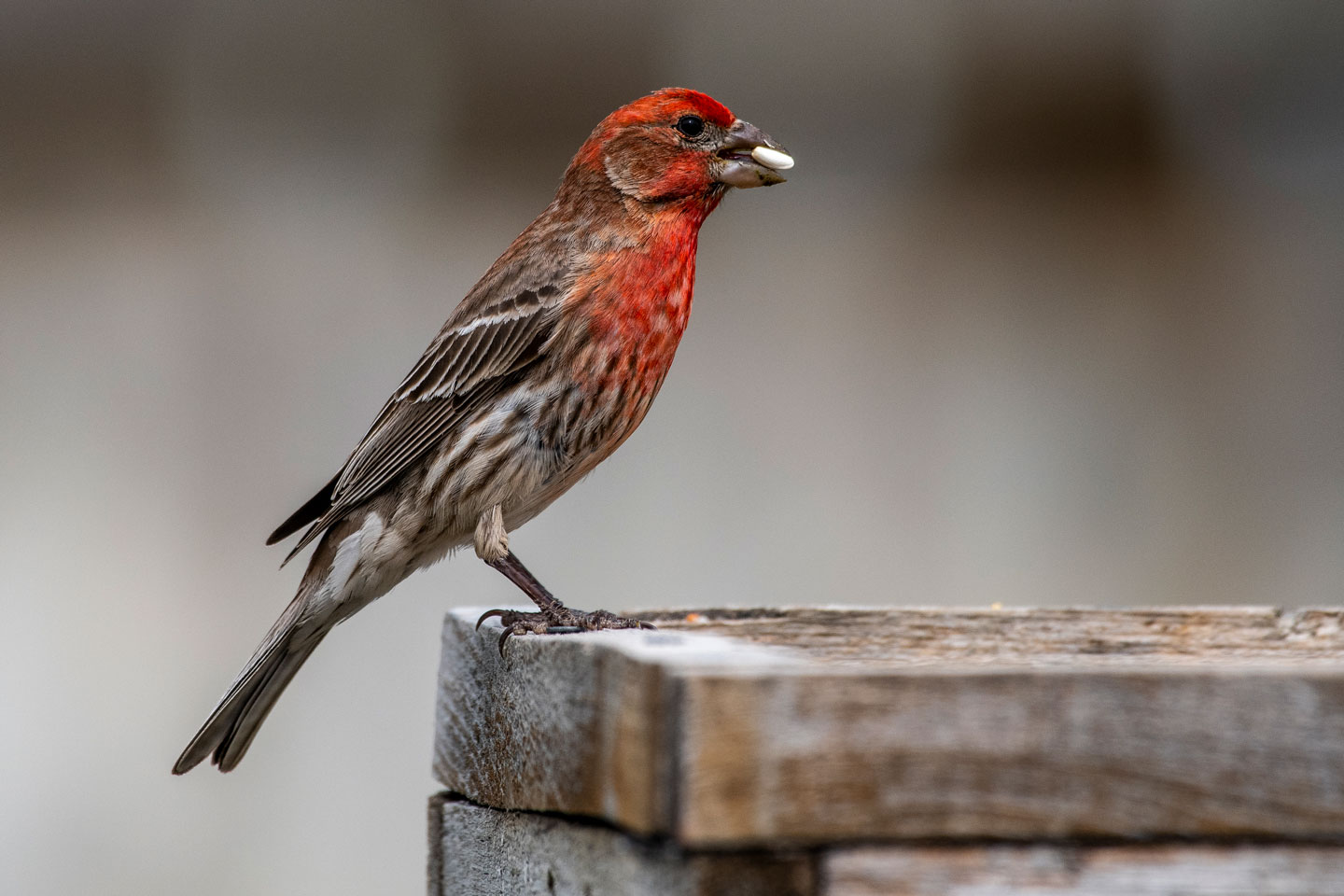
By Julie Geiser
The spring migration will soon be here bringing weary travelers; bird lovers may want to consider providing our backyard feathered friends with food as it may be limited in some areas.
This time of year the food supply for birds is scarce leaving some birds searching for food and burning needed calories. Late season snowstorms may cover up any natural food sources adding to their stress. Help the birds that visit your yard with what they need by providing them with food and water and treat yourself to some bird watching pleasure.
Providing food for birds after arriving from their long migration could improve their health prior to mating and reproduction. The birds may be fatigued and the stress on their bodies has just begun.
Upon their arrival birds must find, claim and defend a breeding territory, find a mate, build a nest and care for their young, all in a few short months.
Attracting birds to your backyard will give birds a fighting chance and you will have the joy of watching birds care and raise their young.
Many bird migration routes take our feathered friends much further north than Nebraska. If you have well-stocked bird feeders in your yard these migrating birds will stop to re-fuel. They will also remember these areas from year to year and might possibly stop in your yard every year on their bi-annual migration route.
Bird Feeders
Be cautious to placement of bird feeders; place them in an area where birds have quick access to trees or bushes as a means of escape from predators like cats.
While many species prefer to utilize hanging feeders, others would rather feed on the ground. The placement of feeders and seed type will determine the type of birds you will attract to your feeders.
There are two things to consider when you wish to discourage certain types of birds at your feeders: the type of food and feeder. Do not offer food that unwanted birds seem to consume eagerly. For blackbirds this may be corn or mixed seed. For doves, it’s mixed seed, containing milo, millet, wheat, and other grains. Bird feeding is personal preference so feed what bird species you wish to attract.
If you are just starting to feed birds keep these tips in mind.
Filling your tube feeder with mixed seed may cause a mess and attract birds you don’t want. Mixed seed will run out onto the ground, making the sparrows, pigeons, and blackbirds very happy so use sunflower seed instead.
If you scatter seed on the ground all winter in one place, you will create a messy, unhealthy zone that will be hard to clean up in the spring, so be sure to change feeding spots several times, especially during wet weather.
Even though it may be cold outside dirty feeders can make birds sick. Wash your feeders at least monthly in a light 9:1 water-to-bleach solution. Rinse thoroughly and allow to air dry.
There are many commercial bird feed mixtures available but many of them contain a lot of filler materials. Cracked wheat, red millet and milo, which are often found in seed mixtures, are not favorite food items. Birds prefer oil sunflower seed and cracked corn. Other favorites are shelled, unsalted and dry-roasted peanuts, safflower seeds, Niger or thistle seed and peanut hearts.
Overall, oil sunflower seed is a universally good ration that has higher food value and nutmeat to shell ratio, which makes it more nutritious for birds than the striped sunflower seed that people prefer to eat.
Suet cakes can be purchased or made by melting the fat in the microwave, then pouring it into a mold. Add sunflower seeds, rolled oats, yellow cornmeal, and small chunks of peanuts, millet, and apple pieces, scoops of chunky-style peanut butter or raisins to the liquid. Add a looped string and let the mixture harden in the freezer before hanging in a tree.
There are plenty of items most of us have in our kitchens that we can put out for birds, like fruit and nuts, which are a nutritional food source for many types of birds.
Apples, oranges, bananas, raisins, and watermelon will bring your backyard to life with robins, cardinals, woodpeckers, and orioles. Apples and oranges hung on a nail in a tree are very appealing to these types of birds. Bananas, raisins, crushed nuts and watermelon sliced and placed in a feeding tray with day old bread, broken cookies, biscuits, crushed eggshells, and mealworms will also make a tasty treat for many birds.
Water
Water is not only important for drinking during this time of year but also for bathing. Frequent bathing allows a bird to keep its feathers clean and clean feathers provide better insulation. A bath followed by feather preening keeps a bird’s feathers in-tact and healthy to help regulate a steady body temperature. This is extremely important during the winter months.
The need for open water any time of the year is such an attractant that many species of birds show up more for the water than they do for the food. Birds have to drink year-round just as we do to avoid dehydration. Birds do not have salivary glands so they need water for digesting their food.
Bird watching is fun for the entire family; kids love to help fill feeders and use binoculars to view birds. Identifying birds using a tablet or books is a great way to spend time together and learn about bird species. It is also a good source of entertainment as feeding, fights, and courtships occur. See what is traveling through your neighborhood during the spring migration and watch those that stay and care for their young.
